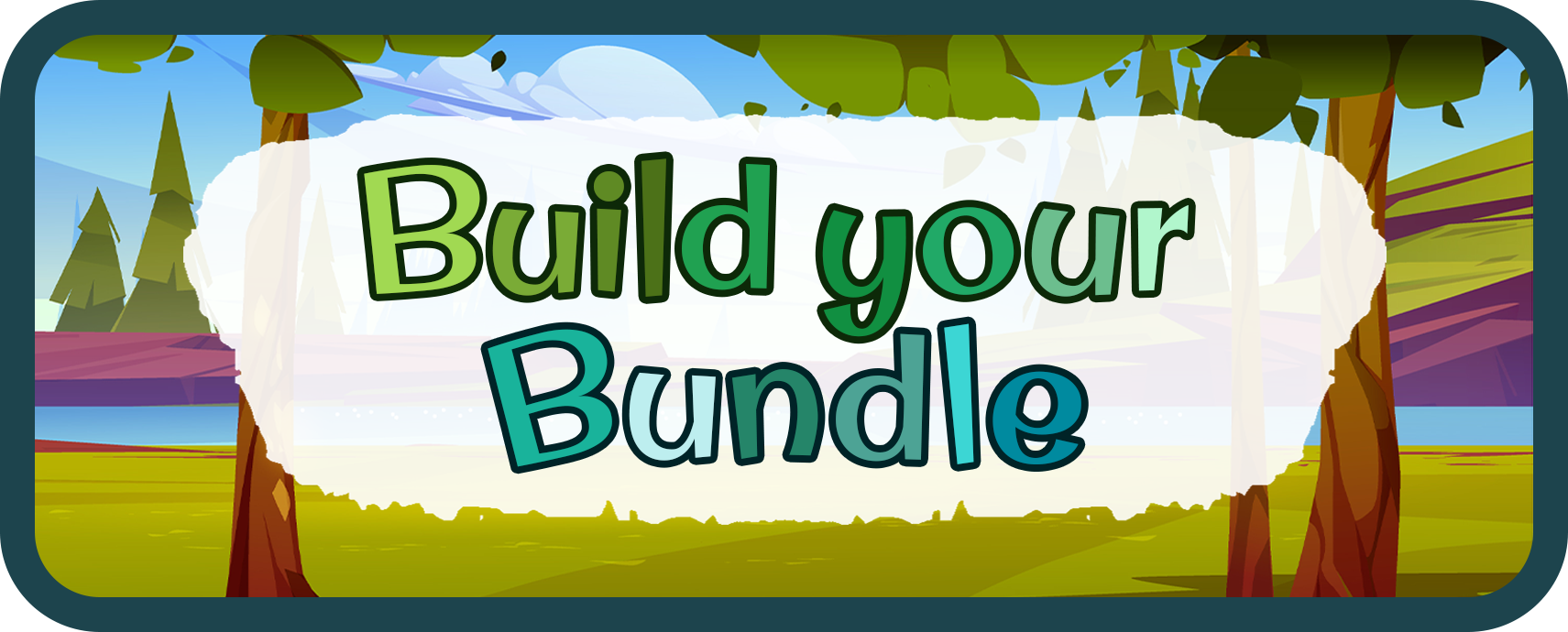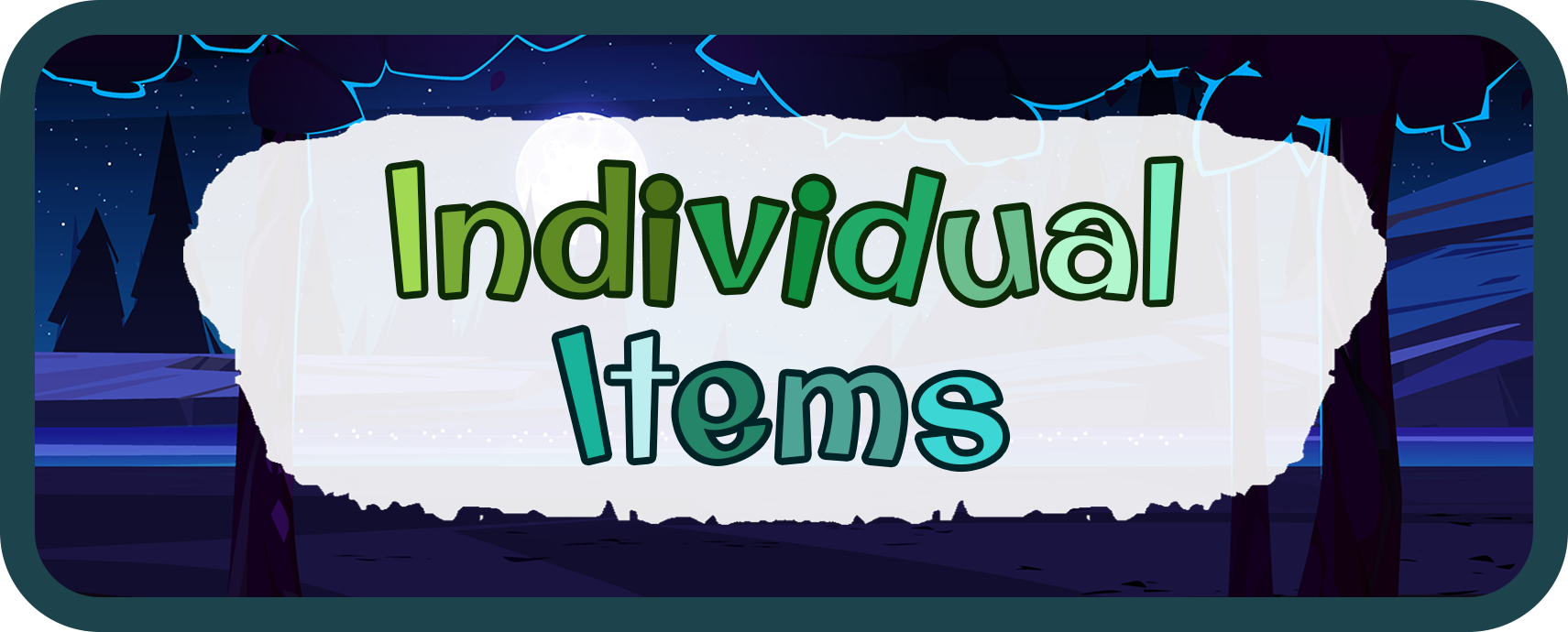Frequently Asked Questions
Click on any of the following sections to read about the FAQs!
What is the Charlotte Mason Inspired Method?
What does a day with WP look like?
How do I know what activities to do and which ones not to?
How do I know what Program is right for my family?
Does WP work for children with learning challenges?
How do I know we are fulfilling the State Standard?
How does WP Structure it’s Programs?
How do I ensure Memory Making & Joy in Discovery throughout our year?
What is Whole-Child & Whole-Family?
Wondering about Ebooks?
Tell me more about WP Activities!
Other Questions? Give Us A Call!
(231)245-1417



